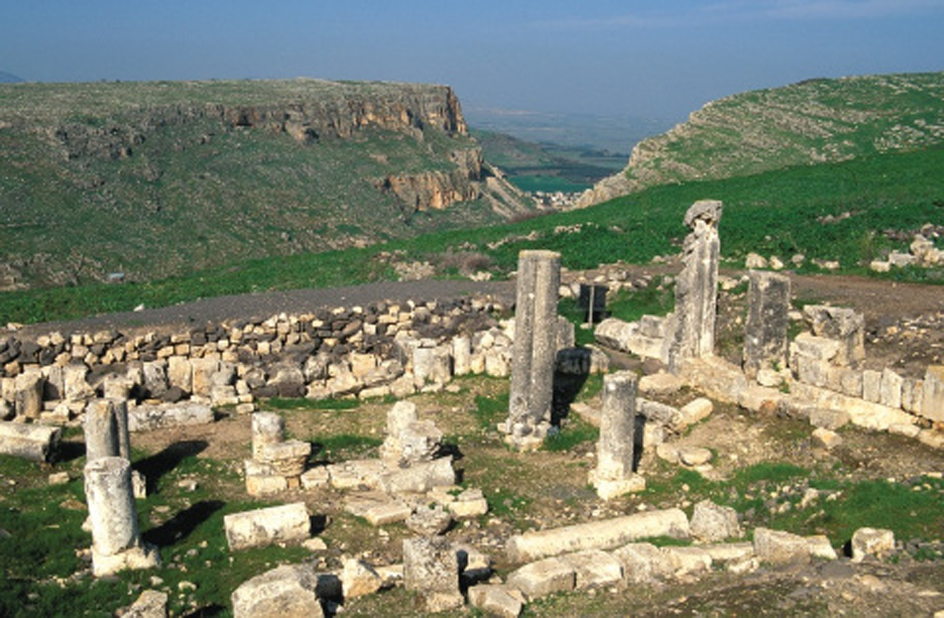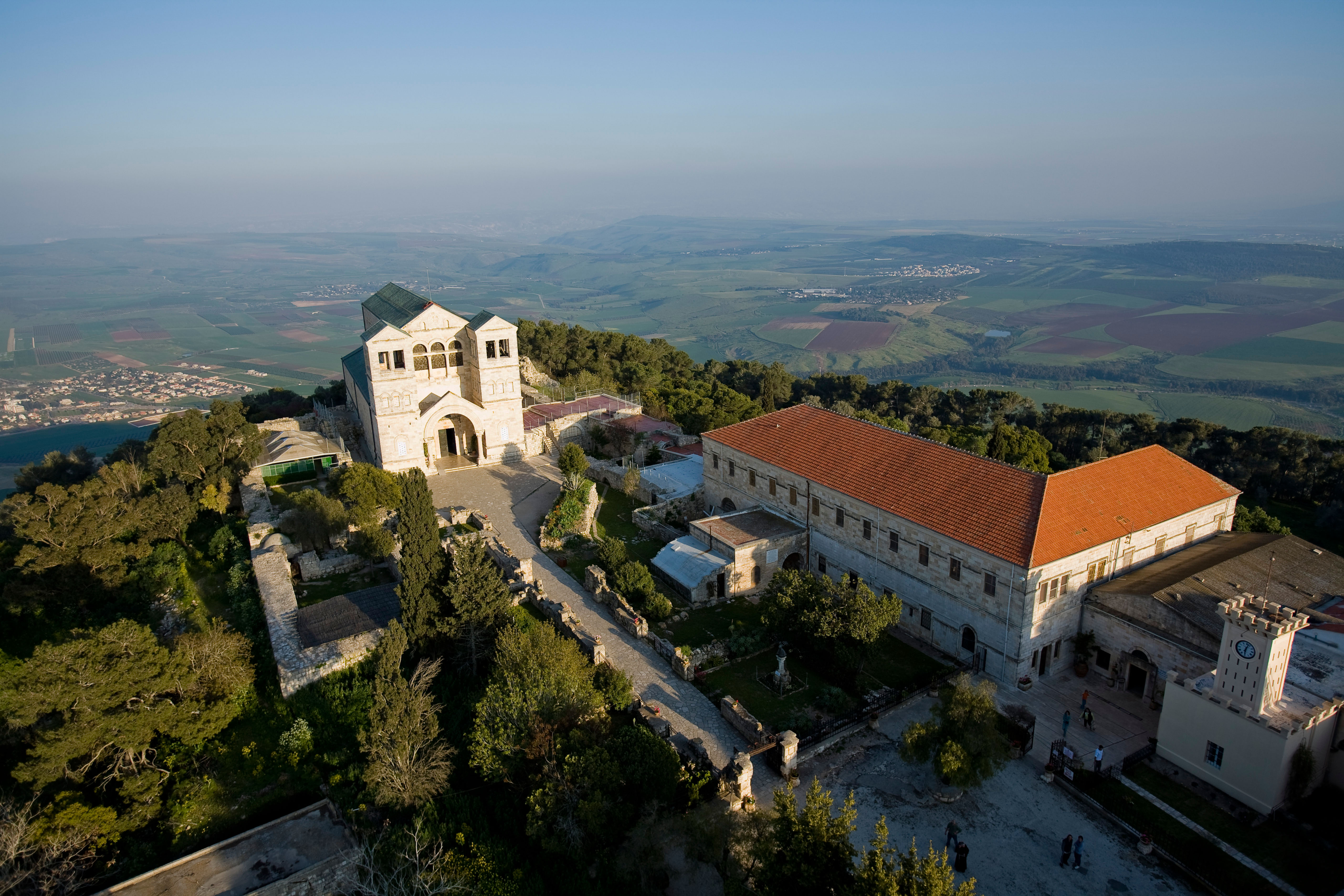Galilee, << GAL uh lee, >> was the northernmost part of Palestine in Roman times. Galilee lay between the Mediterranean Sea on the west and the Jordan River and the Sea of Galilee on the east. The region is now part of Israel. Upper Galilee, the northern part of the region, is mountainous, while Lower Galilee contains broad valleys good for agriculture.

Galilee is first mentioned in the Bible in Joshua 20:7 and 21:32. Its name comes from a Hebrew word that means circle. The Bible describes Galilee as the territory of the tribes of Naphtali, Asher, Issachar, and Zebulun, with members of the tribe of Dan settling there later. In 732 B.C., Assyria annexed Galilee and made it a province. Many of its inhabitants were taken into exile. According to the Book of Tobit in the Apocrypha, Tobit was a pious Israelite from Galilee who became an exile in the Assyrian city of Nineveh. Gentiles surrounded Israelites remaining in Galilee.

Galilee has lasting interest for Christians and Jews. Many Jews settled in Galilee following a revolt led by members of the Maccabean family in the mid-100’s B.C. (see Judah Maccabee ). After the Romans conquered Palestine in 63 B.C., Galilee was made part of the Roman administration of the country. Many of the important events in the life of Jesus Christ took place there. Jesus’s home was in Nazareth, a town in southern Galilee. Most of Jesus’s apostles came from Capernaum, Bethsaida, and other towns around the Sea of Galilee.
After the Romans destroyed Jerusalem in A.D. 70 and defeated a Jewish revolt in A.D. 132-135, many Jews took refuge in Galilee. The area became famous as a center of learning. There, scholars produced the Mishnah (a collection of rabbinic laws) and the Palestinian Talmud, a commentary on the Mishnah.
